Smart Gardening with Vegetables 101: Growing your garden tips
Follow these vegetable garden steps in June to ensure productivity later.

Thanks to all who have participated in the Smart Gardening with Vegetables 101 Online Course! We are excited to stay in touch with all of you throughout your gardening experience this year with these seasonal articles. For those who have not taken the course, check it out at:
Smart Gardening with Vegetables 101 Online Course
It’s June and you have planted most of your seeds and are anxiously awaiting the emergence of new seedlings. Or perhaps you already have several emerged seedlings and a bunch of new tomato transplants in the soil? Now what? June is the time to give young, developing vegetables the smartest care possible so that they will become productive in the future. Three Smart Gardening areas to focus on right now are watering, mulching and staking.
Watering
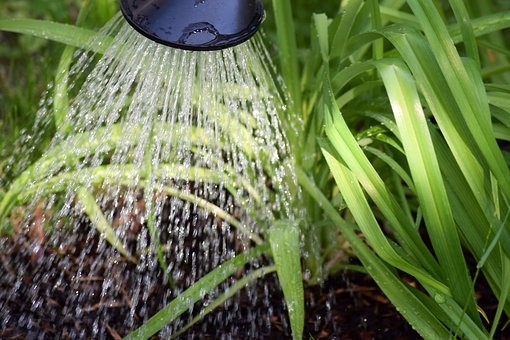
Water is essential for plant growth and development. Providing an adequate amount, i.e., at least 1 inch per week, for young seedlings or transplants is paramount to their success. It is also best to water most plants at their base because overhead watering may promote disease. This is especially true for fungal diseases that thrive in moist environments on their host plants.
Remind yourself that if you want your plants to develop strong root systems, the best way to do this is to thoroughly moisten the soil to a depth beyond the current root growth. This technique can encourage roots to grow down to reach the water source. If you only water the top 2 inches of soil, the roots only need to grow that deep and will be weak. Without a strong root system, a plant lacks the root surface area to take up the necessary amount of water and nutrients, leading to plant stress.
Remember, stressed plants are more susceptible to insects and disease—an important integrated pest management (IPM) concept that we will focus on in a future article.
Mulching
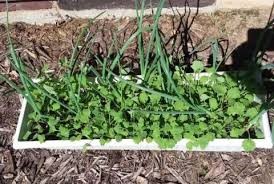
Another smart technique that will help your newly developing vegetables is to spread a 3-inch layer of organic mulch around the base of your plants. An organic mulch can be shredded leaves (any except black walnut), clean straw, compost or another living plant. Mulch will reduce the evaporation of water from the soil’s surface, create a more even soil temperature and reduce weed pressure for your seedlings and transplants. With mulch, you are creating a less stressful environment for your vegetables, allowing them to divert maximum energy to growth and production.
Living mulches, such as microgreens, microclover and other short plants that fill in areas quickly, can also be used. Just make sure you have plenty of rich compost or fertilizer to support those additional plants. Note: Nitrogen-fixing living mulches, such as legumes, can help sequester some nitrogen from the atmosphere to offset some of the nitrogen needs.
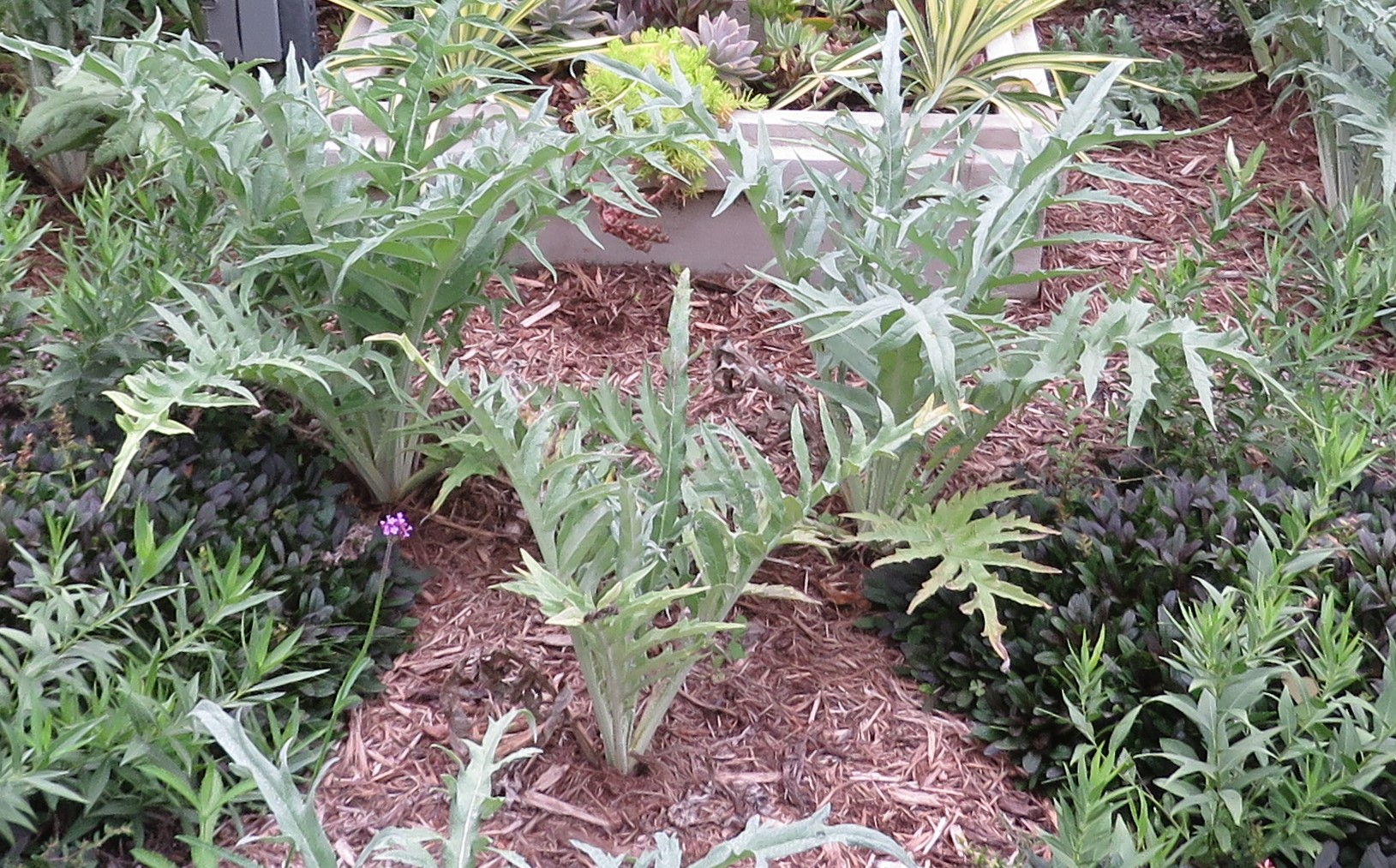
Staking
For plants that will grow taller or the vining varieties, it is important to give them the infrastructure now that they will need. It is also a lot easier to start training them when they are small than when they are large. Vertical gardening will free up ground space for other vegetables to grow, too. Common vegetables that need staking or can be grown vertically include tomatoes, peppers, peas, cucumbers and climbing beans. You can also trellis vining squash, gourds and small pumpkins, but that is not essential.
For tomatoes, be sure you provide a structure to stake them to. Many different methods are available for staking tomatoes, but they will simply need a sturdy pole a few inches from their base. Use pliable string and start tying the main stem to the stake. Continue to do this as the plant grows taller. You can also remove suckers and excess leaves that will get in the way of ripening fruit.
For peas and climbing beans, provide a string, upright fence or cage. As soon as these emerge, they will be looking for something to climb on.
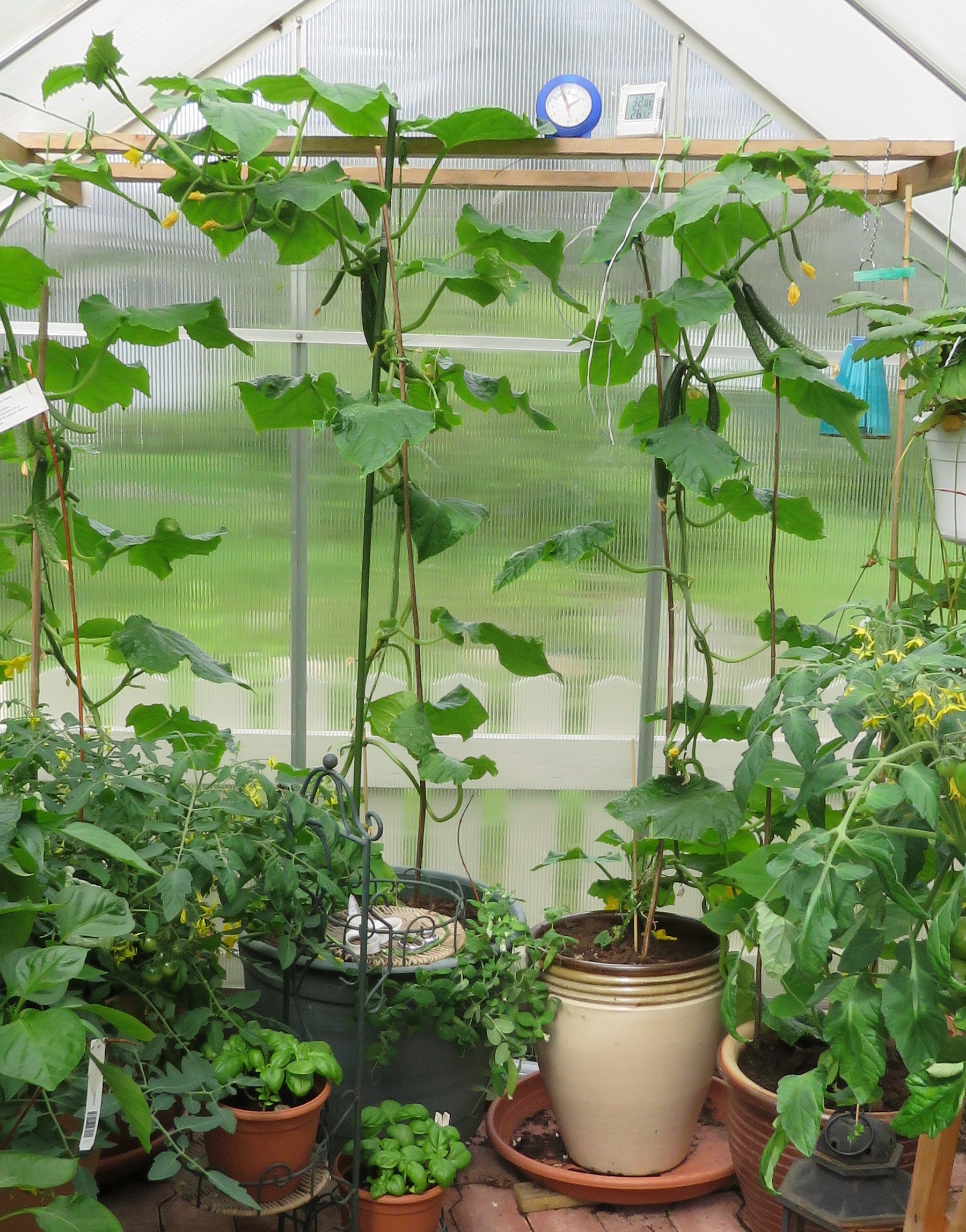
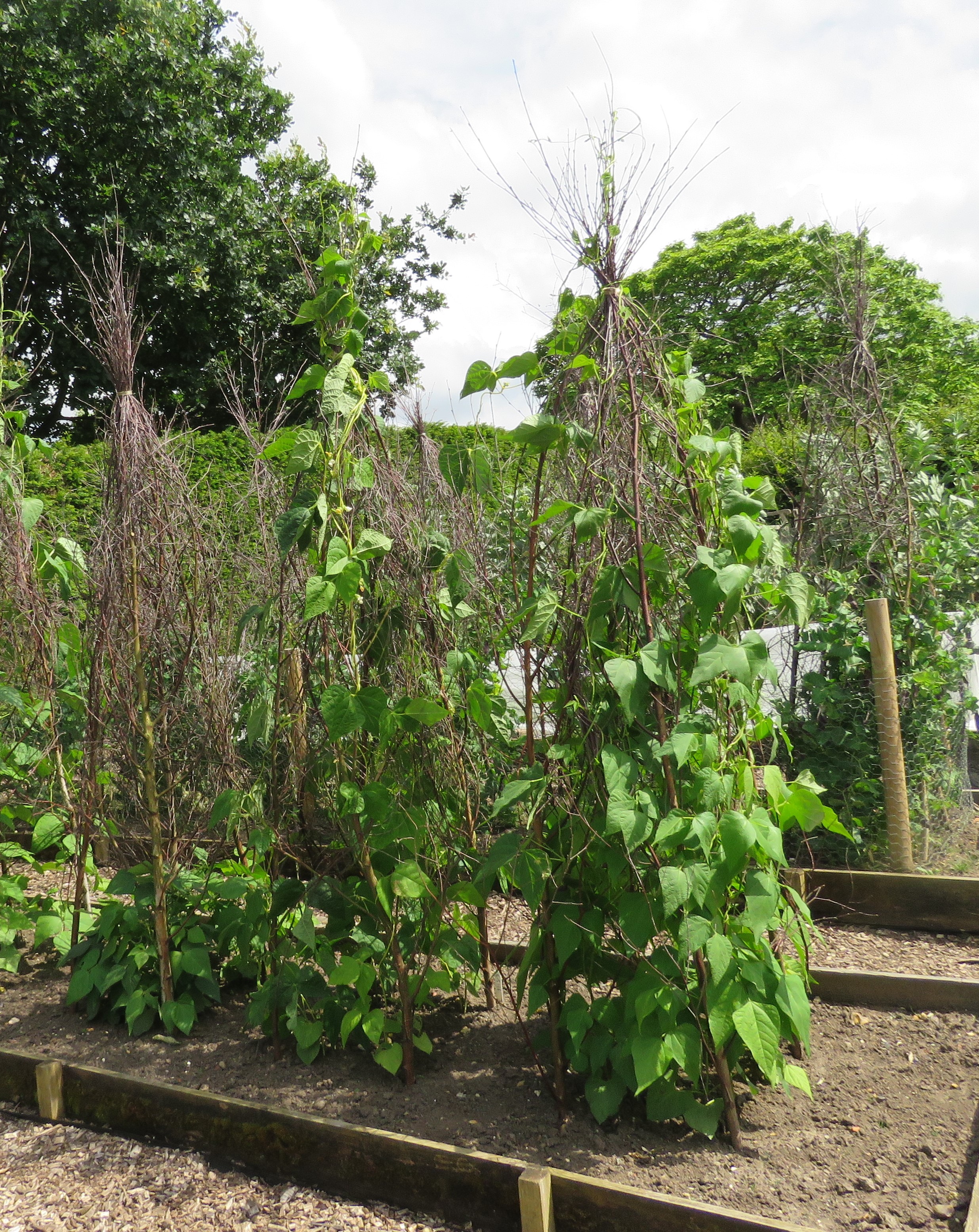
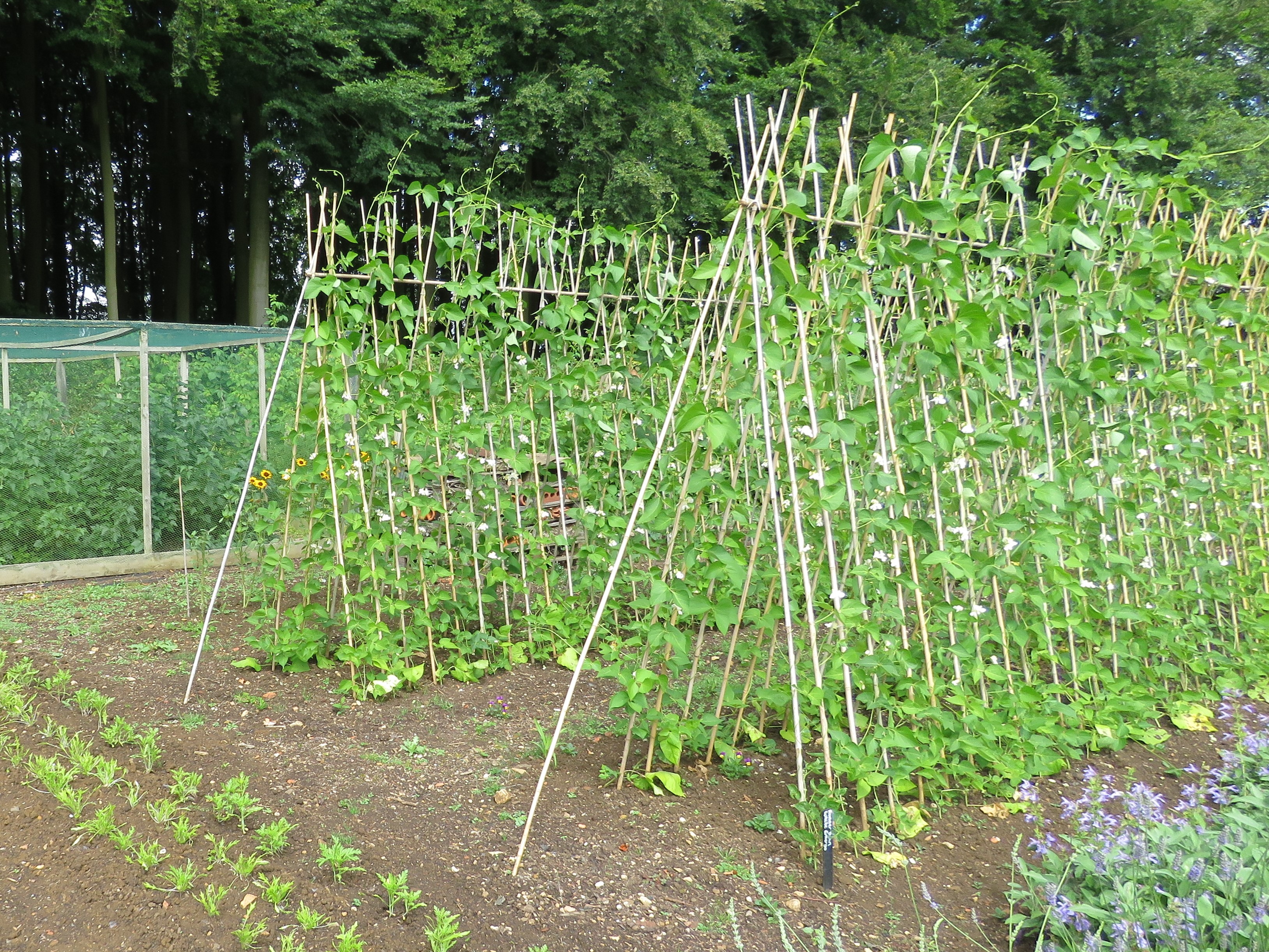
To get the best results after your seeds have emerged and transplants are in, remember these three Smart Gardening with vegetables tips. Although it takes a little extra effort, the rewards will pay off in the end.



 Print
Print Email
Email
